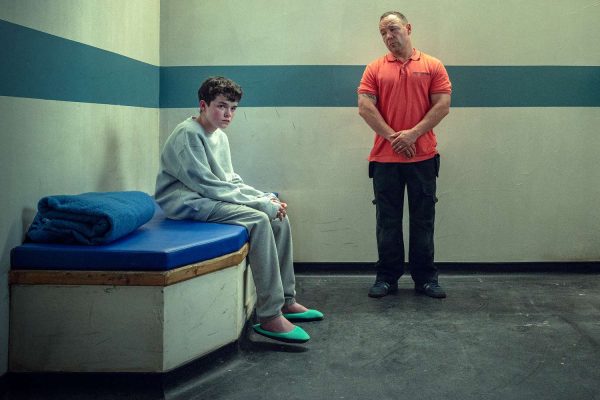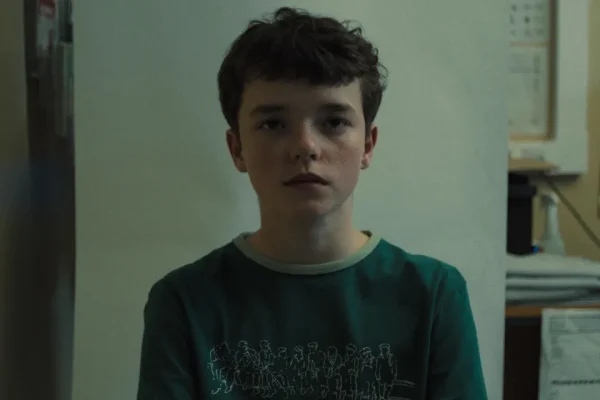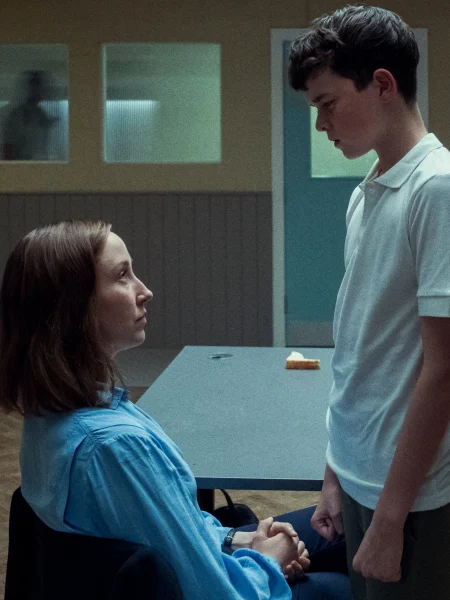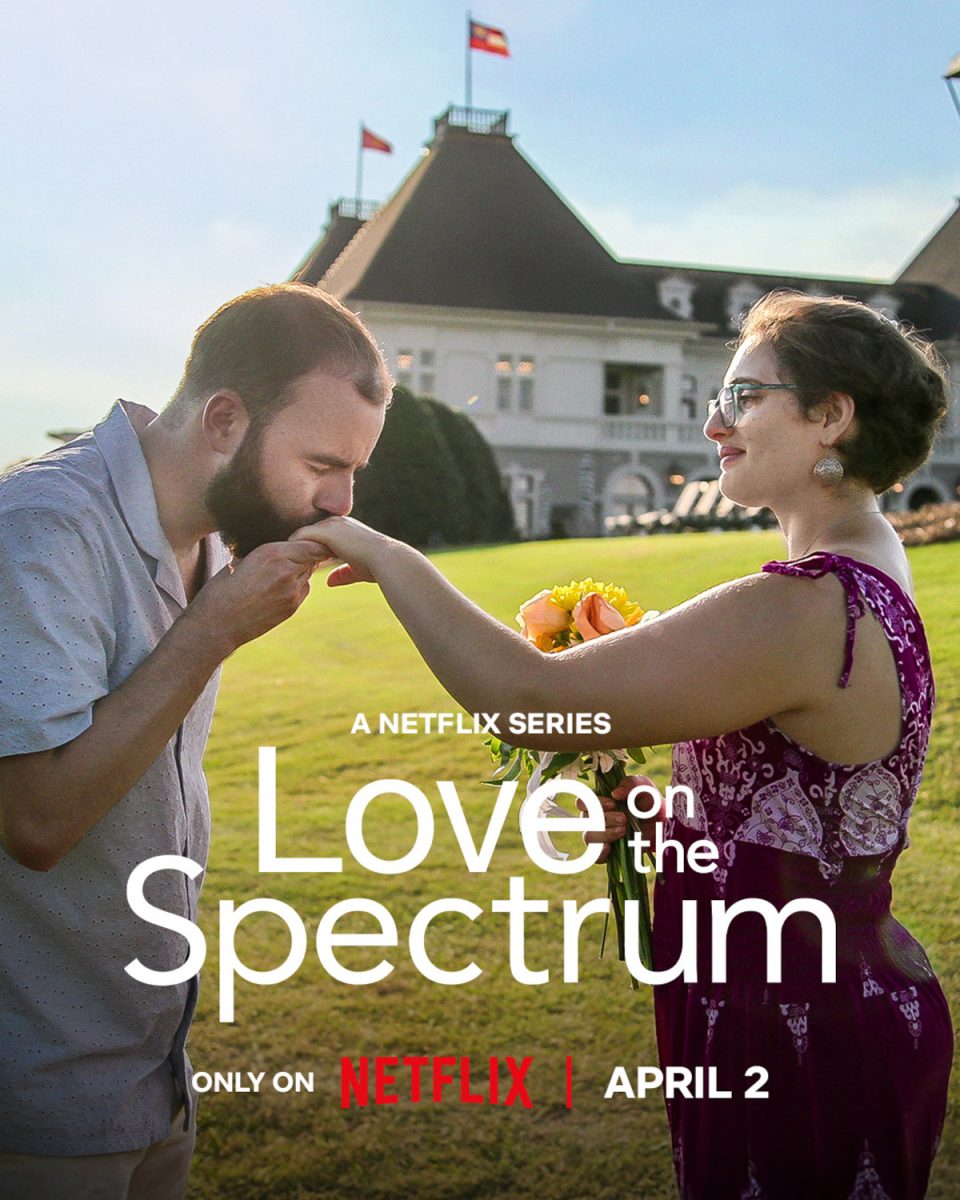
The increased use of knives in crimes among teenagers is concerning. 82% of these homicides in England largely impact this age group. In West Yorkshire, England, a 13-year-old girl named Katie is murdered by her classmate Jamie Miller. This new hit show on Netflix focuses on why Jamie and young boys suddenly have an urge to take someone’s life.
Adolescence is a beautifully written and produced show by Jack Thorne. After hearing about violence among teenagers, Stephen Graham -who plays Jamie’s father- went to Thorne about how they could create a show inspired by recent events. The seemingly effortless camera movements combined with one-take hour long episodes provide life-like interactions between the characters, setting a fuzzy feeling of reality. Admittedly its sometimes hard to detach yourself from this show and can leave you drained.
In order to achieve this vision, they needed four looks into Jamie’s mind:
- The police station- representing neutrality in dealing with these types of cases.
- How social media, friend dynamics, and harsh school life plays a role in his thoughts and actions.
- His alone time with a therapist where Jamie opens up to her, to which she tries to remain professional, but still longs for him to say something that will help her decide he’s not guilty.
- His family- how their lives have been affected by this and how it may have played a big role in why Jamie did what he did.

In the first episode they dive into Jamie’s online behavior and interactions between Katie and himself. Katie has commented numerous times on his posts that have gained attention from peers, signaling to the officers they were friends or maybe more.
Later deemed incorrect, she was actually bullying Jamie by saying he was an incel- a young man unable to attract women thats commonly known among men who have hostile views about women. This is why he confronts and ultimately kills her.
This incel culture is unfortunately well-known worldwide with the rise of content creators like Andrew Tate, who preaches misogyny and harmful male stereotypes. Parents can’t control what their kids see on social media 24/7, so its natural to come across videos saying negative things, which your child takes literally. They may not think its wrong or how it might impact their thoughts about others. Without a proper conversation between child and adult, these feelings can go unchecked and lead to cases like Jamie’s.

Jamie’s aggressive outburst seen with the therapist, Briony, can be a direct result of feeding into this violence online, as well as genetics from his father. His need for control leads him to stand over her, shout, talk back, commanding her to not leave the room, and to mock her saying “…did I scare you when I shouted? I mean I’m only 13”.
In the same episode he mentions how he asked Katie out after her explicit photos were leaked because he figured she would be “weak” and more likely say yes. To hear him claim that completely stopped me in my tracks. Why is it normalized for young males to feel these predatory thoughts and act upon them? Why aren’t we protecting our children from child porn and how it can lead to adolescents to act or comment about it?
Jamie never shared his feelings with his family or friends, nor was it noticeably normal to do in his life, naturally leading him to self-isolate and fuel his need for power and lust. Jamie claims to Briony “most boys would’ve touched her [dead body] so that makes me better”. It’s extremely easy to see how Jamie and young males will find no errors in their ways, especially when everyone in their life doesn’t give them a proper understanding of what is right and wrong.
Adolescence is stunningly cruel, beautiful, and powerful. From the way it’s filmed to the actors portrayal it never ceases to make you question why we don’t pay more attention to these small details, and how as a society we can grow intellectually. Emotional and physical feelings are extremely important to teach to children, especially when gender-based violence is rapidly increasing. These stunning visuals and horrifying situations should spark conversations between peers that can hopefully decline the amount of violence in young adults.








